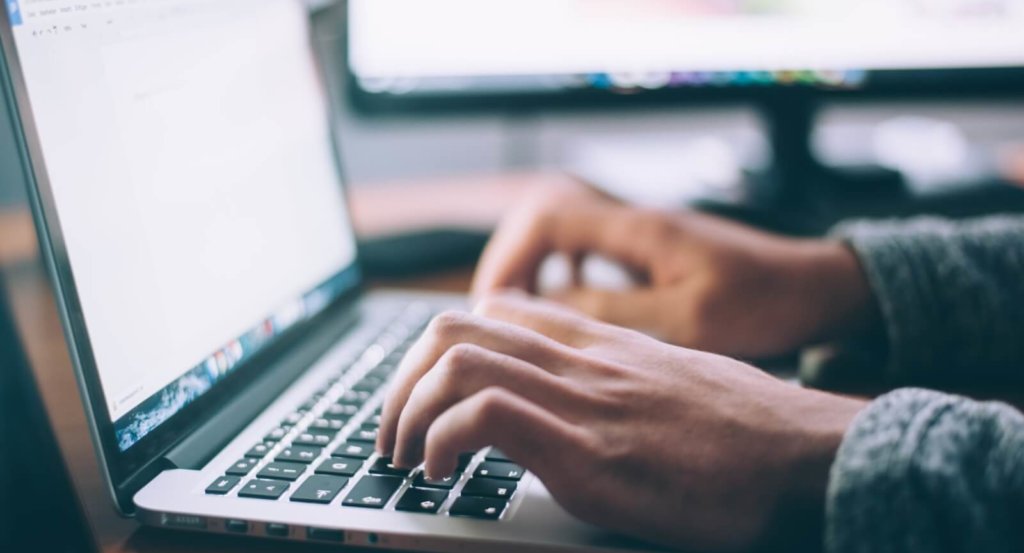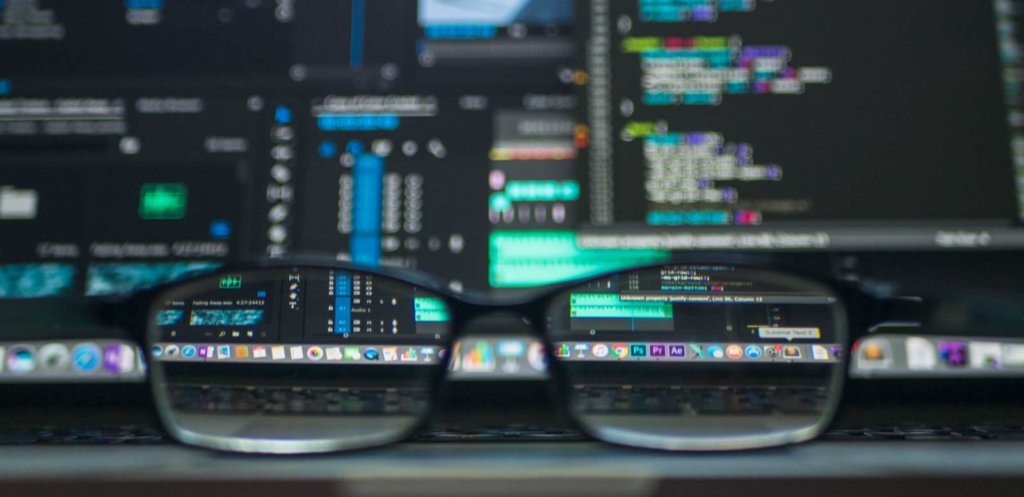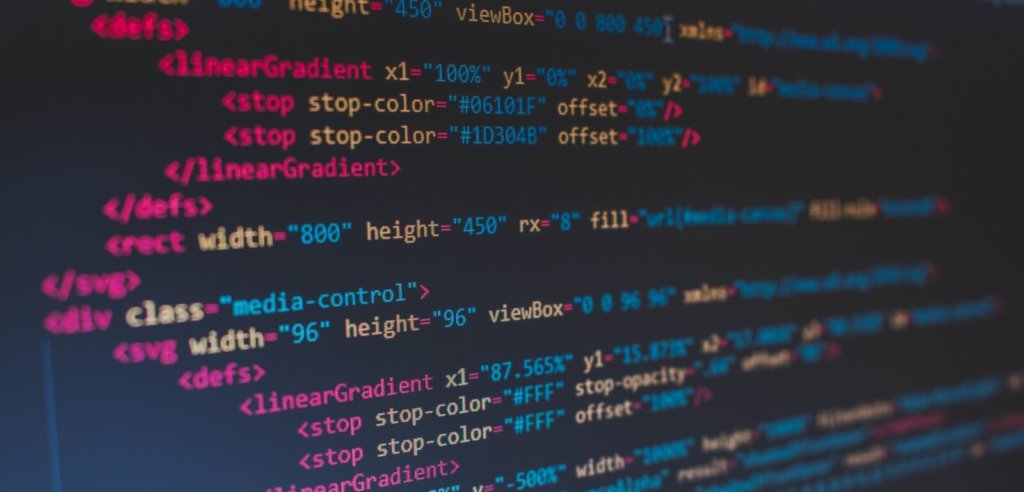
Did you know that the healthcare market is one of the biggest targets for cyberattacks? In fact, in 2020 the percentage of US healthcare breaches increased by over 55 percent; more than any other industry. And, with the increasing use of telemedicine due to the COVID-19 pandemic, mHealth applications are no exception to this growing threat.
In a recent Intertrust Technologies study it was found that out of the 100 different applications tested, telemedicine and health commerce apps were the most susceptible to cyber-attacks. But, why?
Interestingly enough, this study also revealed that 71 percent of these mHealth applications contained at least one high-level deficiency within the app’s security infrastructure. In other words, these applications are extremely vulnerable to exploitation of weak, or even missing security features. With a strong desire to serve our communities such as San Fransico, Las Vegas, New York and other major hubs, we’ve made it our mission to help deliver cutting-edge technologies in this extremely challenging time.
You’re probably thinking “as if the healthcare market being a major target for hackers wasn’t enough, now mHealth patients have to question the security of their data within these apps”.
We couldn’t agree more.
Fortunately, this article is designed to highlight some of the many reasons why the healthcare industry is becoming a hotbed for malicious activity, along with a series of steps to take to ensure that your mHealth application is providing adequate protection for patients’ data.
Why Hackers Target the Healthcare Market?

As we’ve mentioned prior, the healthcare industry is under siege with an overwhelming rate of breaches in patient data. And, while there are a number of reasons why healthcare organizations are becoming increasingly vulnerable to cyber attacks, there are two factors that appear to play the biggest role. These factors are:
Patient data is a nice pay-day for hackers – It’s no secret that healthcare organizations store hundreds of thousands of patients’ records. However, what may come as a shock to most is that just one patient record can be sold for as much as $1000 on the black market.
Yeah, that’s a lot of money.
Similarly, attackers can choose to hold patients’ data hostage. Ransomware is becoming a popular tool for hackers within the healthcare industry as it provides these entities with leverage over healthcare organizations. And in many cases, these organizations have no other choice but to pay the ransom due to the highly-sensitive nature of patient data.
4 Steps to Take to Ensure the Security of Your mHealth App

While there is no foolproof way to completely shield your mHealth app against cyber threats, there are a series of steps you can take to increase your application’s security. These steps include:
- Managing vulnerabilities- When your mHealth app is made available to the public it’s crucial to ensure that your app’s infrastructure is free from any malicious software or code that may have embedded itself when the app was in the construction phase. This can include anything from malware to viruses, and even hidden backdoors. In addition, it’s important to remain up-to-date with the latest security threats so that when new threats emerge, you are able to respond appropriately with an update to address these threats.
- Protecting the patient’s data – Encryption is a fundamental aspect of cybersecurity that can make it much harder on hackers to access patient data. Therefore, any information that is stored or transported within your mHealth app, including usernames, passwords and other sensitive data, must be encrypted with an industry-accepted form of encryption.
- Ensuring compliance – HIPAA is the industry standard when it comes to the protection of medical data. Therefore, your mHealth app must comply with HIPAA standards to uphold a sense of CIA (Confidentiality, Integrity, and Availability) to patients whose data may be stored and transported within the application.
Managing access and authentication – To reduce the likelihood of unauthorized access within your mHealth app, you must incorporate adequate authentication protocol including the use of strong passwords, limited login attempts and inactivity timeouts to name a few. In addition, your mHealth app should allow the use of two-factor authentication for users to further secure their patient accounts.
If you’re interested in learning how Dogtown Media as a healthcare mobile app development company can help bring your app ideas to market while maintaining a high level of security contact us. We’d love to help!





